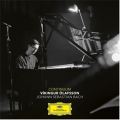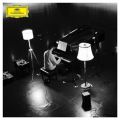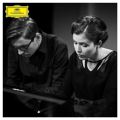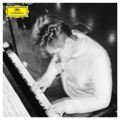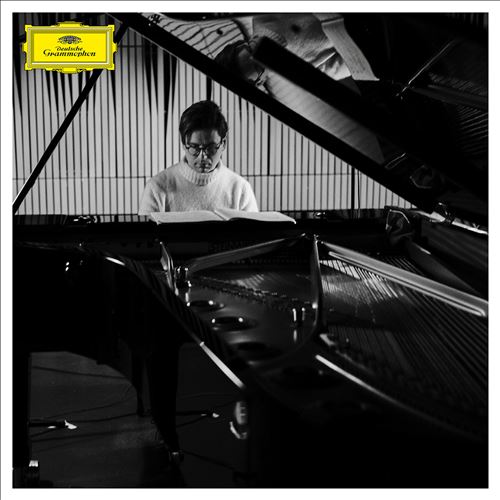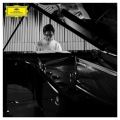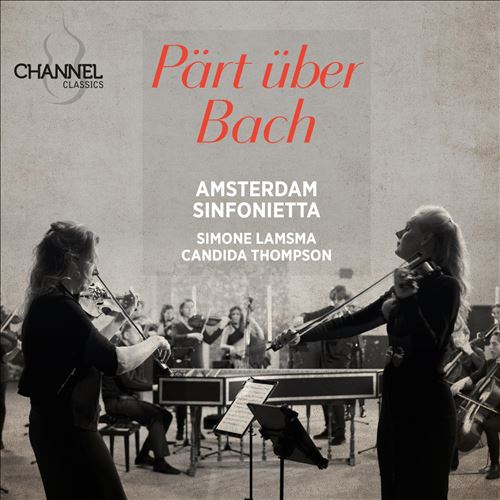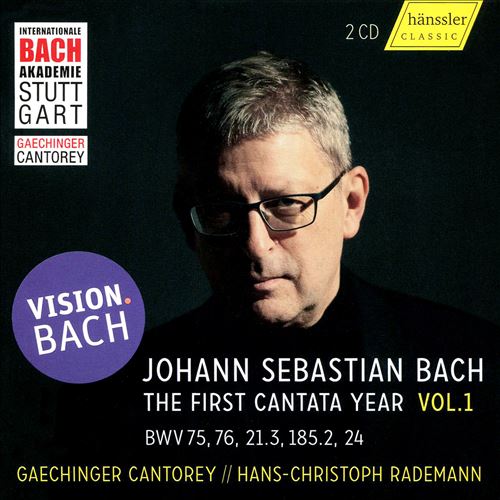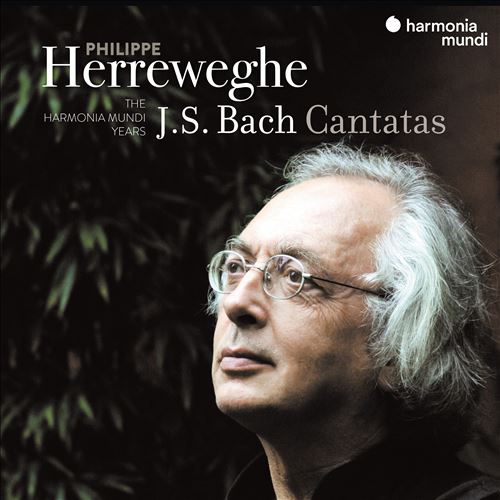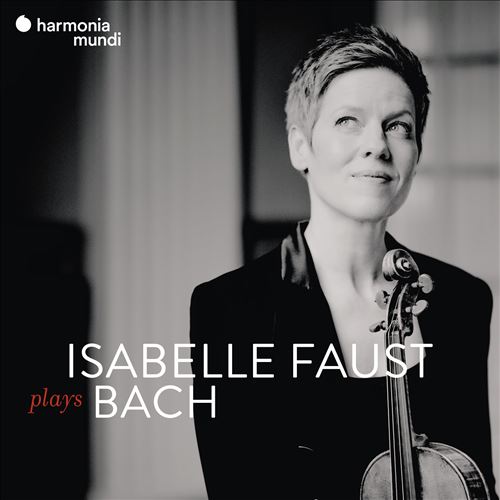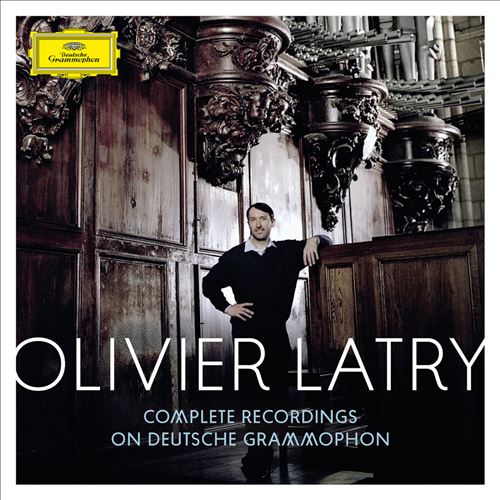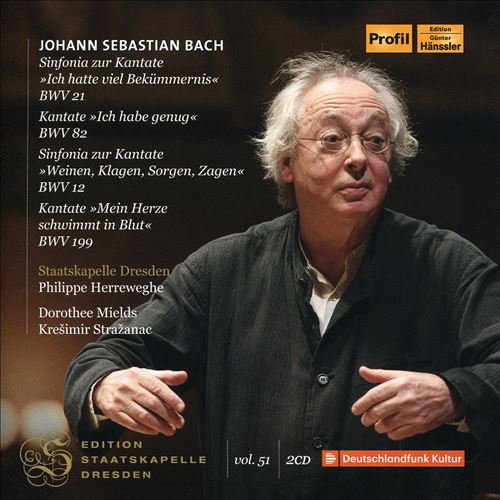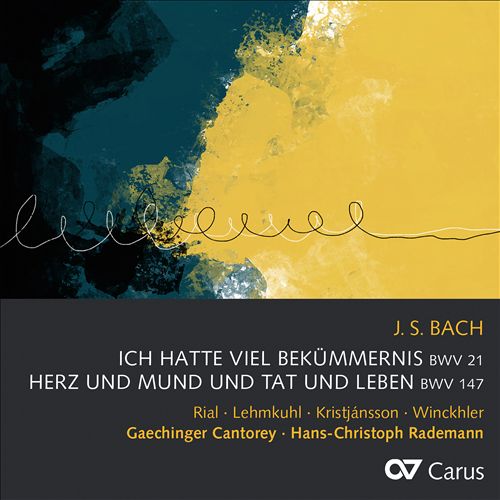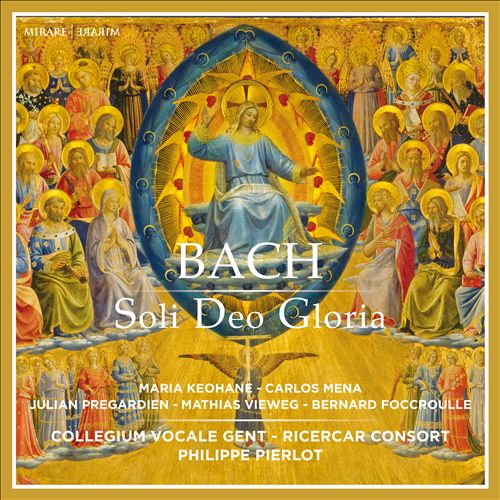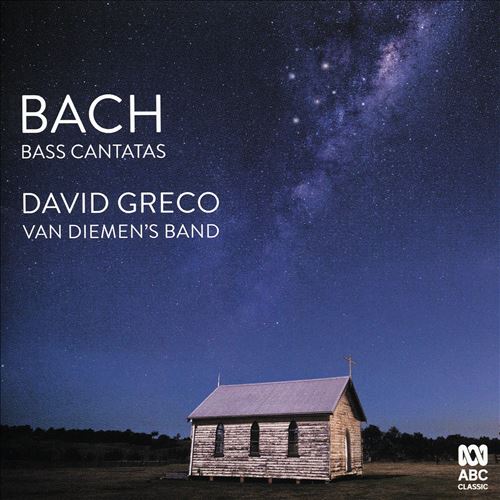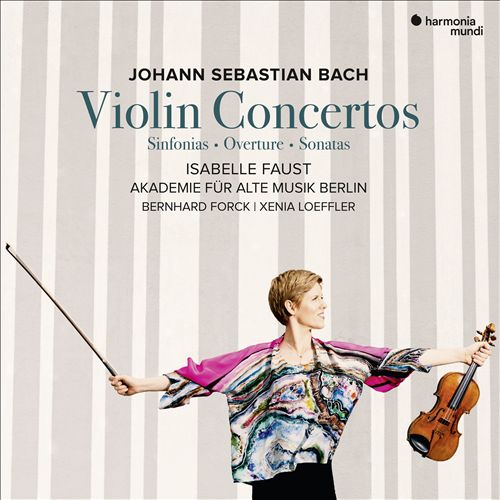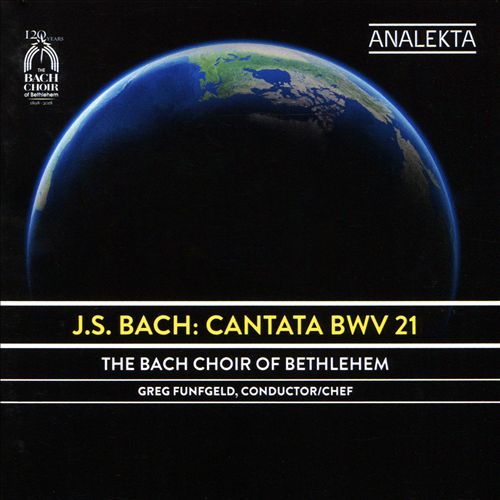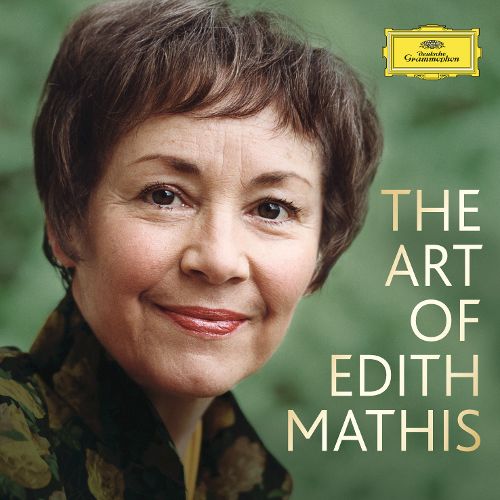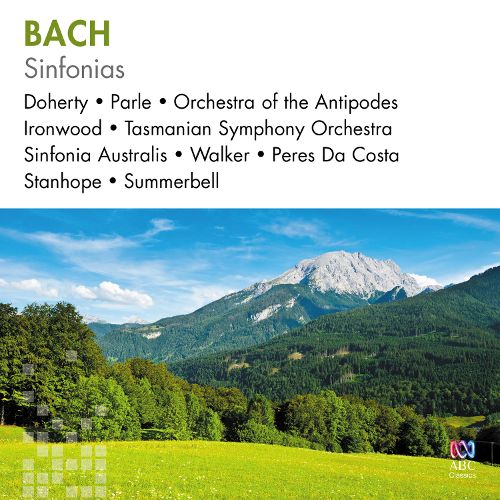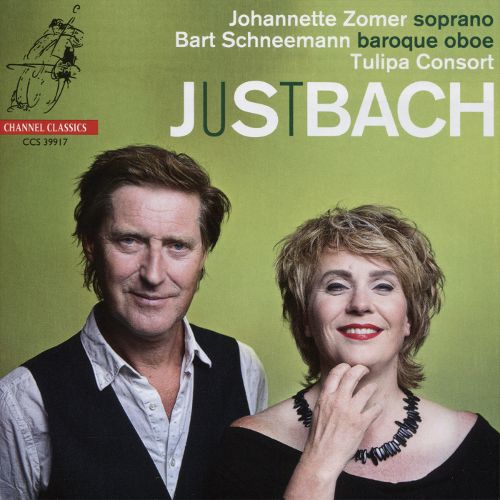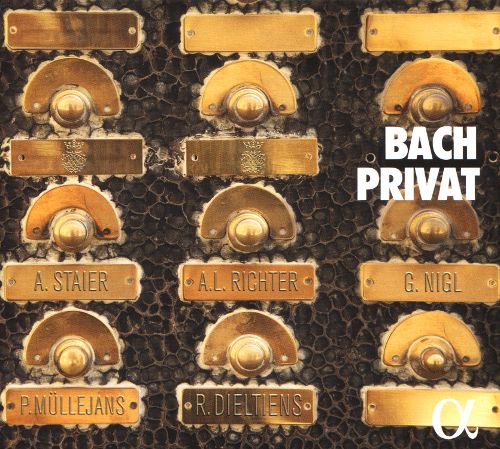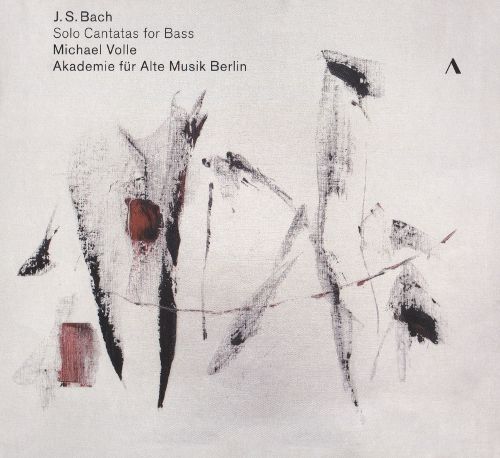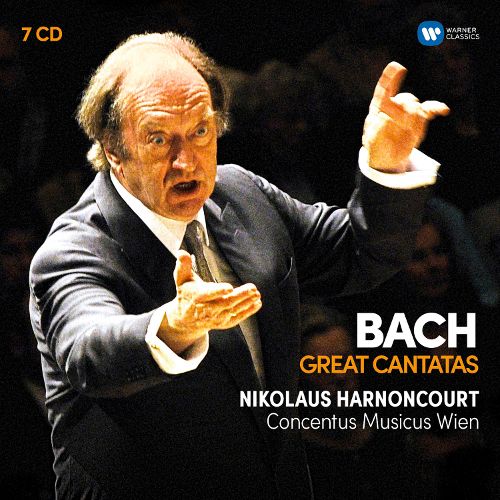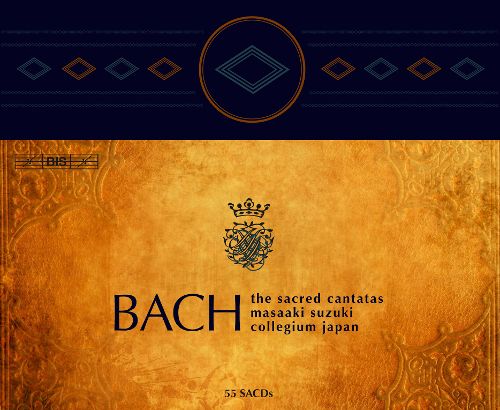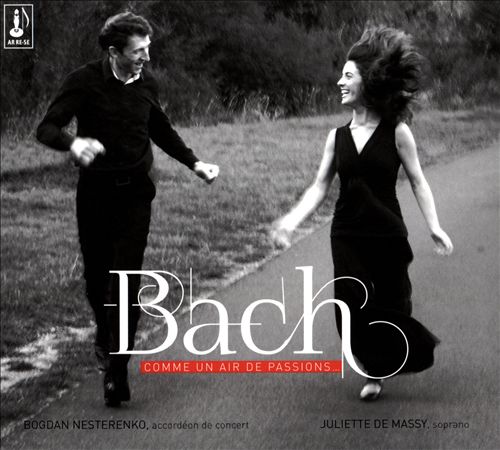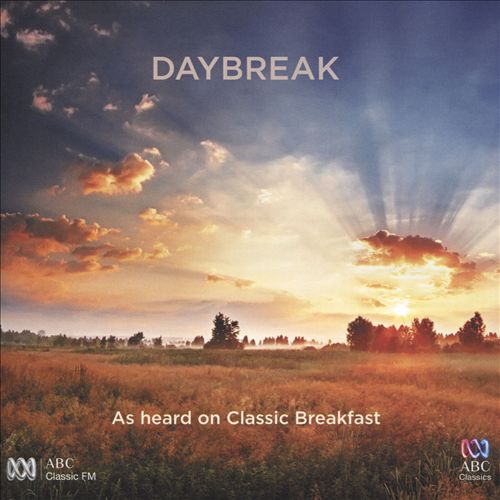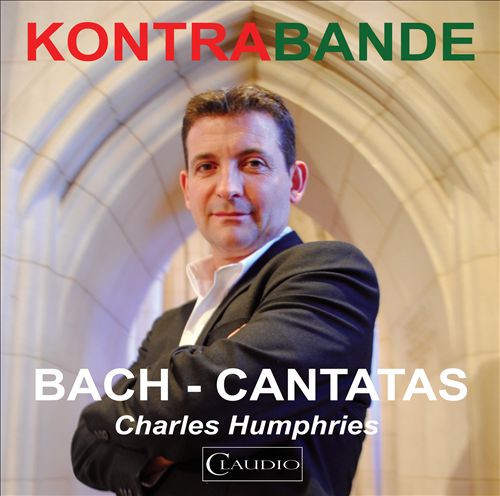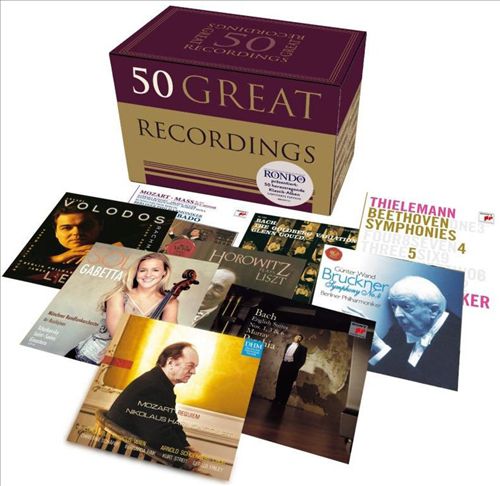Johann Sebastian Bach (요한 제바스티안 바흐)
Cantata No. 21, "Ich hatte viel Bekümmernis", BWV 21
100
10,000
1,400
WORK INFO
작곡가: Johann Sebastian Bach (요한 제바스티안 바흐)작곡년도: Jun 17, 1714출판년도: 1855초연: Jun 17, 1714평균연주: 39:36악장1Sinfonia in C minor3:022Ich hatte viel Bekümmerniss3:373Seufzer, Tränen, Kummer, Not4:214Wie, hast du dich, mein Gott, in meiner Not1:355Bäche von Gesalz'nen Zähren5:396Was betrübst du dich, meine Seele3:427Ach Jesu, meine Ruh', mein Licht1:288Komm, mein Jesu, und eurquicke4:319Sei nun wieder zufrieden, meine Seele5:2110Erfreue dich, Seele, erfreue dich, Herze3:0911Das Lamm, das erwürget ist3:27Ich hatte viel Bekümmernis (I had much grief), BWV 21, is a church cantata by Johann Sebastian Bach. He composed it in Weimar, possibly in 1713, partly even earlier, and used it in 1714 and later for the third Sunday after Trinity. The work marks a transition between motet style on biblical and hymn text to operatic recitatives and arias on contemporary poetry. He catalogued the work as e per ogni tempo (and for all times), indicating that due to its general theme the cantata is suited for any occasion. The text is probably written by the court poet Salomon Franck, including four biblical quotations from three psalms and the Book of Revelation, juxtaposed in one movement with two stanzas from Georg Neumark's hymn "Wer nur den lieben Gott lässt walten". The cantata possibly began as a work of dialog and four motets on biblical verses. In its 1723 version, it is structured in eleven movements, including an opening sinfonia and additional recitatives and arias. It is divided in two parts to be performed before and after the sermon, and scored for three vocal soloists (soprano, tenor, and bass), a four-part choir, three trumpets, timpani, oboe, strings and basso continuo. Bach led a performance in the court chapel of Schloss Weimar on 17 June 1714, known as the Weimar version. He revised the work for performances, possibly in Hamburg and several revivals in Leipzig, adding for the first Leipzig version four trombones doubling the voices.
Bach composed the cantata in Weimar, but the composition history is complicated and not at all stages certain. Findings by Martin Petzoldt suggest that the cantata began with the later movements 2–6 and 9, most of them on biblical text, performed at a memorial service of Aemilia Maria Haress, the wife of a former prime-minister of Schwarzburg-Rudolstadt at the St. Peter und Paul in Weimar on 8 October 1713. Bach may then have expanded it and presented it for his application in December 1713 at the Liebfrauenkirche in Halle. The performance material of this event, the only surviving source, shows on the title page the designation e per ogni tempo, indicating that the cantata with its general readings and texts is suitable for any occasion.From WIKIPEDIA
RELEASED ALBUMS
-
The Art of Oboe: The Accent Recordings 1988-2013November 22, 2024
-
ContinuumOctober 18, 2024
-
J.S. Bach: Cantata, BWV 12 - Weinen, Klagen, Sorgen, Zagen [5 track version]September 20, 2024
-
J.S. Bach: Das alte Jahr vergangen ist, BWV 614 [4 track version]July 19, 2024
-
J.S. Bach: Cantata, BWV 150: Nach dir, Herr, verlanget mich (Arr. Ólafsson for Piano) [3 track version]June 21, 2024
-
J.S. Bach: Cantata, BWV 21 - Ich hatte viel Bekümmernis (arr. Ólafsson)May 17, 2024
-
J.S. Bach: Cantata, BWV 21 - Ich hatte viel Bekümmernis (Arr. Ólafsson for Piano) [2 track version]May 17, 2024
-
Pärt über BachMay 10, 2024
-
Vision.Bach: The First Cantata Year, Vol. 1November 17, 2023
-
J.S. Bach: Cantatas - The Harmonia Mundi YearsOctober 27, 2023
-
Isabelle Faust plays BachOctober 7, 2022
-
Olivier Latry: Complete Deutsche Grammophon RecordingsFebruary 25, 2022
-
Edition Staatskapelle Dresden, Vol. 51: Johann Sebastian BachJanuary 7, 2022
-
J.S. Bach: Ich Hatte Viel Bekümmernis BWV 21; Herz und Mund und Tat und Leben BWV 147September 3, 2021
-
Bach: Soli Deo GloriaFebruary 26, 2021
-
Bach: Bass CantatasNovember 20, 2020
-
Johann Sebastian Bach: Violin Concertos; Sinfonias; Overture; SonatasMarch 15, 2019
-
J.S. Bach: Cantata BWV 21November 2, 2018
-
The Art of Edith Mathis [includes Booklet]January 26, 2018
-
Bach: SinfoniasDecember 15, 2017
-
JUST BachNovember 17, 2017
-
Bach PrivatOctober 6, 2017
-
J.S. Bach: Solo Cantatas for BassSeptember 15, 2017
-
Bach: Great CantatasAugust 26, 2016
-
Bach: The Sacred CantatasJune 10, 2016
-
Bach: Organ Masterworks, Vol. 5May 18, 2015
-
J.S. Bach: Comme un air de passion…May 12, 2015
-
Daybreak2015
-
Bach: CantatasJuly 8, 2014
-
50 Great RecordingsApril 8, 2014
ALBUM MUSIC
WORKS SHOUTS



